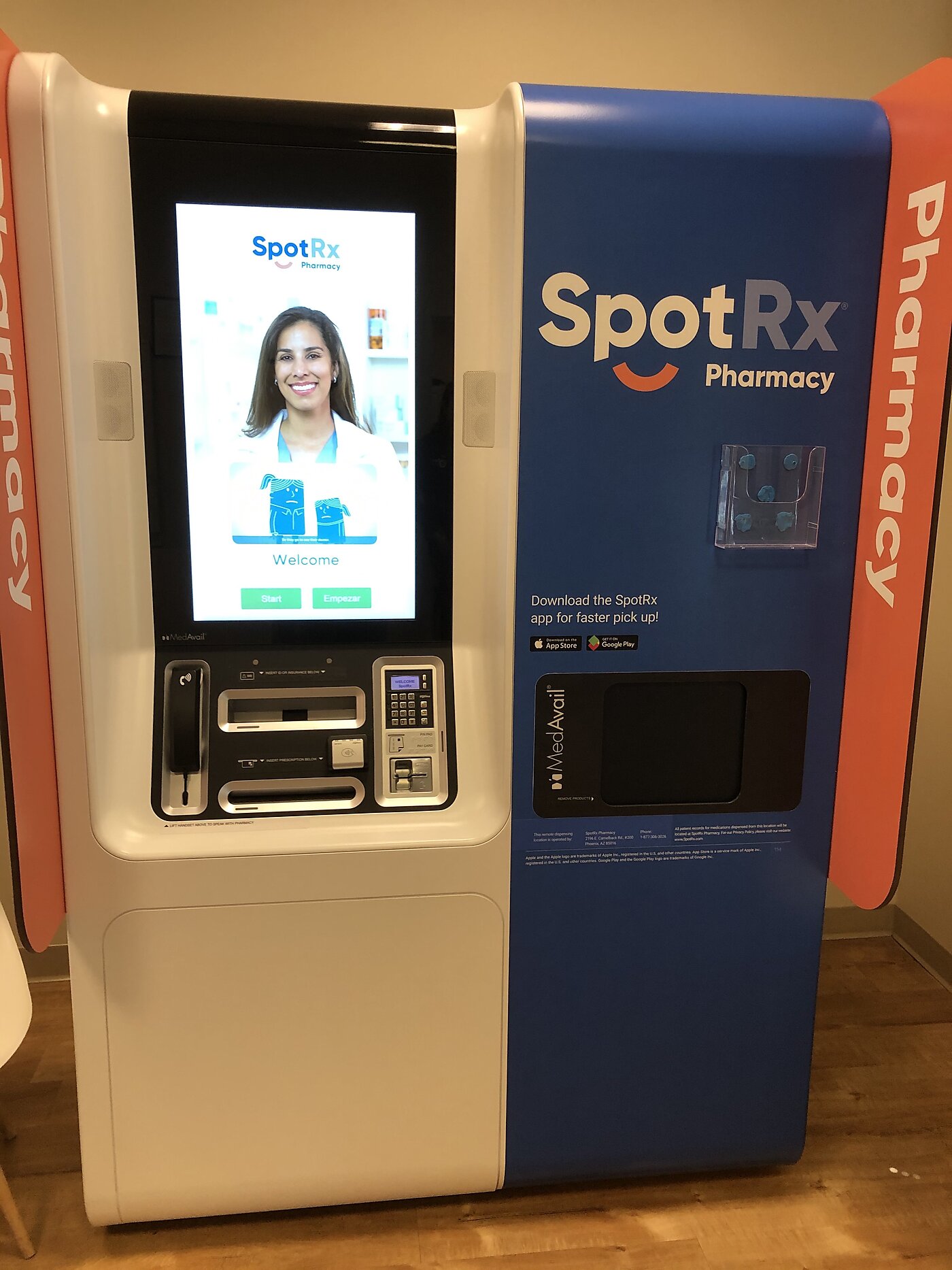A photo of the pharmacy kiosk at 2196 East Camelback Road in Phoenix, Arizona
Among the many new realizations derived from the COVID-19 pandemic is how telemedicine has been underutilized and can be a great way to bring health care to millions of people to whom access is otherwise difficult or unavailable. As I discussed at length in this and other podcasts, the practice of telemedicine across state lines faces state-based licensing barriers, preventing patients from benefitting from the free trade of professional health services across state lines, denying them access to quality care from across the nation.
Similarly, state laws stand in the way of the development of telepharmacy. Last month, lawmakers in Florida passed HB59, which would permit pharmacy kiosks outside of hospitals, nursing homes, and correctional facilities. It awaits the governor’s signature. This will enable people in rural or remote areas as well as localities underserved by brick-and-mortar pharmacies to pick up and pay for their prescriptions and also consult, using the touch screen monitor, the on-call pharmacist who is supervising the transaction. This technology is not new. It has been used by students at Arizona State University since 2014.
With the advent of the COVID-19 pandemic and the need for social distancing comes a new appreciation for pharmacy kiosks, as customers can pick up their prescriptions privately, away from crowds, in much the same way they perform transactions at ATM machines.
The Phoenix metro area has several kiosks operated by a retailer named SpotRx, manufactured by a company called MedAvail. SpotRX stocks the kiosks with medications and staffs them with a team of pharmacists who practice remotely. Because of concerns that the Arizona summer heat might harm drugs within the kiosks, most of them are kept in lobbies or entry-ways of buildings, although some are kept in the waiting rooms of medical clinics, and some SpotRx kiosks are inside Sam’s Club big box stores. An outdoor kiosk is maintained on a shady area of the Arizona State University campus in Tempe, AZ.
Unfortunately, residents of several states are legally blocked from availing themselves of this technological advance.
The present public health emergency shines a light on many of the ways the health care sector lags far behind other sectors of the economy in using new technologies to serve their customers. State lawmakers should learn from this and remove regulations that keep the health care sector, in many ways, stuck in the 20th century.

